Farmland shaped into terraces are built for long-term success. When it rains, instead of washing away the soil, the soil stays in place. Nutrients are also held in place or carried down to the next level.
Terrace Farming In China

Terrace rice fields in Yunnan Province, China. Rice paddy cultivation has been in use for thousands of years. (The oldest physical radiocarbon dated paddy is 3500 BC in Korea.)
These Yunnan terraced fields were carved by hand by the Hani people, the rice terraces turned barren hillside into lush farmland. These patio fields support enough rice as well as fish cultivation for hundreds of thousands of people. Water is preserved in the hilltop forests, and channeled down to the terraces for irrigation. The terraces are flooded from November to March.
Recent studies have shown that methane production can be significantly reduced while also boosting crop yield by draining the paddies to allow the soil to aerate thereby interrupting methane production. Rice production is a major source of atmospheric methane. Image by Jialiang Gao, wikipedia.org.

Rice Terraces, Yunnan, China. Field was created for promotional purposes. The Hani and Yi ethnic people’s terraced fields are one of the most inspiring scenes in southern Yunnan. They resemble ladders, stretching from the foot of the mountains right to the top. www.yunnanadventure.com

Terraced Fields in Yunnan Province, China. Via: www.travelchinaguides.net

Every November, the Hani people in Yuanyang, Yunnan, China begin to waterflood and fertilize their fields, after several months the sediment settles and by March the water becomes clean. www.travelchinaguides.net

Terraced Fields in Yunnan Province, China. Via: www.travelchinaguides.net

Terraced Fields in March, Yunnan Province, China. In March the terraces appear as glittering ponds. Farmers transplant rice seedlings from April to May. June to early September, the terraces are green. Rice fields start to turn yellow with ripeness from early September to late October. Via: www.travelchinaguides.net

Terraced Fields in Yunnan Province, China. Via: www.travelchinaguides.net

A farmer of the Hani ethnic group works on terraces in Yuanyang County, Yunnan Province, China. Feb. 10, 2006. (Cancan Chu – AFP/Getty Images) www.globalpost.com

Yuanyang rice terraces, Yunnan – China. Posted by Observer, pixdaus.com
Terrace Farming in Vietnam

Golden Afternoon in Vietnam by Hai Thinh. Vietnam is the second largest exporter of rice, after Thailand. Evidence of rice farming in Vietnam dates to the Neolithic period. www.flickr.com

Hani Rice Paddy Steppes by Hai Thinh www.flickr.com

The terraced fields of Mu Cang Chai mountainous district in northern Yen Bai Province have been recognised as a national heritage site. Image by lebich_1972. www.trekearth.com

Terraced Fields in Vietnam. Mu Cang Chai is a district of Yen Bai province, some 300 km north of Ha Noi, in the northeastern region of Vietnam. The area is home to the H’Mong, Giay, Dao, Tay, as well as Giay. Image by Tho Le Duc. sfsblog.co.uk
Terraced fields in Mu Cang Chai, Vietnam. JOinHanoi, Mad Machen Cards, www.flickr.com

Mu Cang Chai, Vietnam. vietnamhotels.net

Terraced field in Mu Cang Chai, Yen Bai province. www.vietnamtourism.org.vn
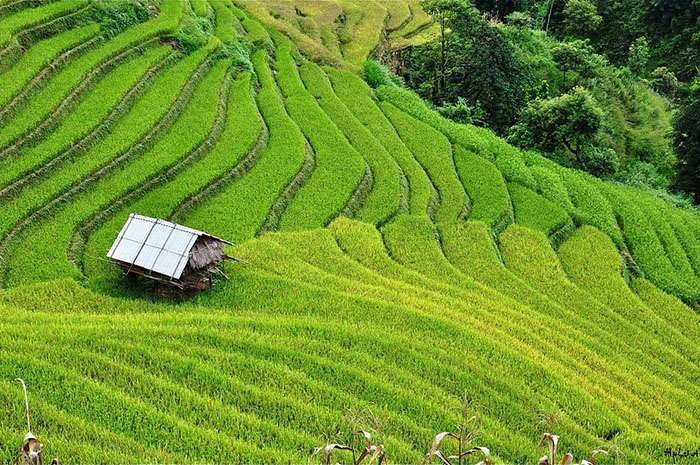
Mu Cang Chai, Vietnam. www.nccorp.vn

The rice terraced fields of Mu Cang Chai have been recognized as a national heritage site. news.chaobuoisang.net

Harvest by Hai Thinh www.flickr.com

Terraced Rice Field at Mu Cang Chai ny Nghiem Xuan An. www.flickr.com

Terraced Fields, Vietnam by Son Dang/Hn Dangdong. www.flickr.com

Mu Cang Chai, Vietnam. vietnamhotels.net

Terraced Fields, Vietnam by Son Dang/Hn Dangdong. www.flickr.com

Terraced Fields of Mu Cang Chai, Vietnam. www.tsttourist.com
Terraced Rice Field by Joseph Nguyen. www.flickr.com
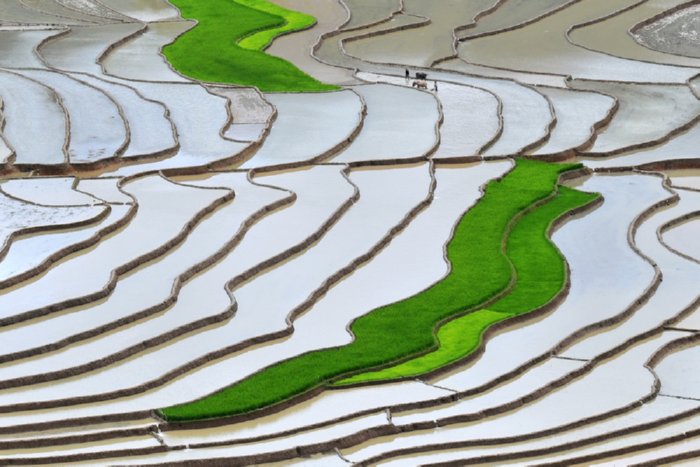
Flooded rice terraces in Vietnam by Hai Thinh. www.flickr.com

Clouds reflected on Rice Fields by Hai Thinh www.flickr.com

Terraced field in Mu Cang Chai, Yen Bai province. www.vietnamtourism.org.vn

Terraced Fields, Vietnam by Son Dang/Hn Dangdong. www.flickr.com

Morning work on rice terraces in Vietnam by Hai Thinh. www.flickr.com
Terrace Farming in Peru

Inca Terraces in Pisac, Peru. The terraces were built to make the most efficient use of shallow soil and to enable irrigation of crops. The Inca used a system of canals and aqueducts to direct water through the levels and increase fertility. Image by Pablo Spika. www.panoramio.com
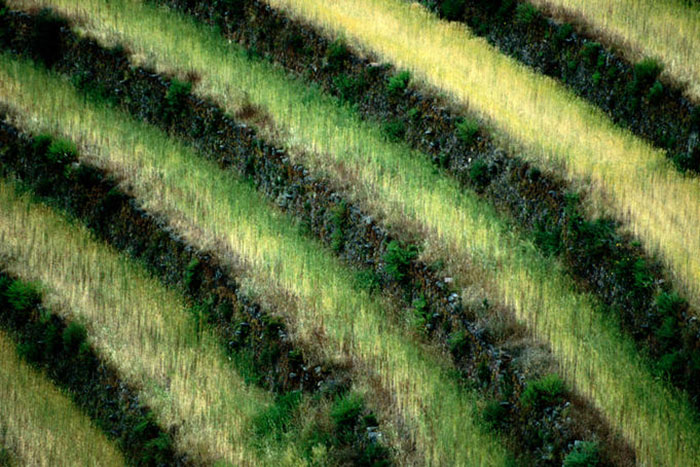
Terraces, Sacred Inca Valley, Peru. www.lonelyplanet.com
Terraced Farming at Pisac in the Sacred Valley, near Cuzco, Peru. The Inca people managed to turn rugged landscape into farmable land capable of sustaining the large population living in the defended citadels at the top of the hill. This type of terracing can be found throughout the Sacred Valley. By Jonathan Lillie. www.flickr.com

Ancient Inca terraces spiral across the land in Moray in the Inca Valley, near Cusco, Peru. The terraces created thousands of years ago are still in use today. Inca workers paying off a labor tax, or mita, terraced thousands of mountainsides for farming. www.lonelyplanet.com




















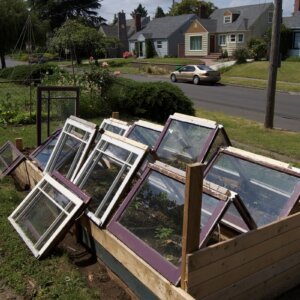












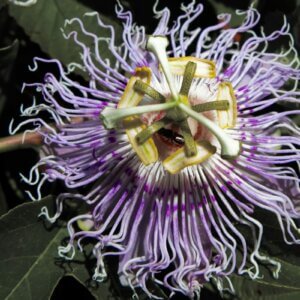








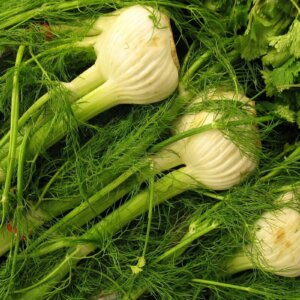
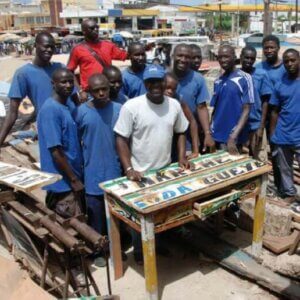

These pictures are stunning, a result of unbelievable effort by millions of persons. I would guess that the difficulty of living left no time to realize the grand beauty of their efforts.
from near or far away, good thing are always beautiful. Let’s expend thier surface together in peace, and relief.
Terrace cultivation in hilly areas is sustainable and adaptable, Thanks to the progressive farmers for adapting it; though it is bit expensive in the beginning. Terrace cultivation not only conserve the soil but also helps to retain the rain water to certain extend
Excellent !
I have no word to say something …………miracleeeeeeeeeeeeeeee
Amazing!!
Incredibly beautiful! I’m amazed!
We are engaged in highland farming and interested to learn more about the terracing farming method as well as erosion prevention technology. We will gratefully appreciate if you can email more detailed information and references for our information and guidance. All the best.;
As is appearing, we are facing a formidable problem in terms of a rapidly increasing population and shortage of land. This situation is aggravated by the fact that God is not creating additional land anymore. In this regard, it is inevitable and inescapable that we will soon be mired in the problem of availability, adequacy, accessibility and affordability of ,space,for housing, and for farming and food production. Today, family farms and plantations
are already gravitating to the highland areas for expansion and increase production at the expense of ecological and/or environmental destruction as well as the eradication of diminishing flora and fauna.Hence, we will be most thankful if you can email to us more details about highland farming or terrace agriculture for our reference and guidance.
heghf
You’ve got some of this wrong. You’ve subscribed to the cover up that the Moray terraces were somehow farming terraces. First, the only evidence of farming is what has been done lately to support this “theory”. These are sacred, hence the name of the valley, resonance amphitheaters for energy. Within the centers was enormous energy, which they cultivated to move these huge stones. Please stop perpetuating the propaganda and cover up by creating some sort of comparison to step irrigation. In fact, why would they purposely farm on these terraces, when many times, 100 or so feet away are miles of flat land?
Farming is perhaps the oldest human occupation. Survival urge has motivated man to find ways and means to feed himself and cultivation of food crops like wheat and rice occupiers the uppermost place in his order of priorities. Terrace farming in Vietnam is the perfect example of this occupation. Evey inch of sloping hills in that country has been utilized to the optimum and that too in an aesthetic way. Terrace farming is carried out extensively in the hills of my country India too. However, it is as perfect as in Vietnam. I share here a picture of terrace farming in the State of Himachal Pradesh I took a few years ago.